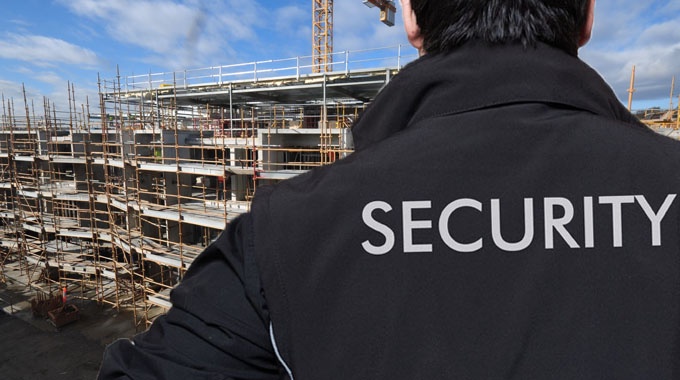Construction sites are dynamic environments with various hazards and risks. Ensuring safety and security is paramount to protect workers, equipment, materials, and the project itself. This guide explores essential strategies and measures to prioritize safety and security on construction sites.
Understanding Construction Site Security
Construction site security refers to the measures and protocols implemented to safeguard personnel, assets, and property from unauthorized access, theft, vandalism, accidents, and other risks.
Importance of Construction Site Security
Effective construction site security not only protects workers and resources but also minimizes project disruptions, prevents costly incidents, maintains regulatory compliance, and promotes a positive reputation for the construction company.
Risk Assessment and Planning
Conducting a thorough risk assessment before commencing work helps identify potential hazards, vulnerabilities, and security gaps specific to the construction site.
Security Plan Development
Based on the risk assessment, develop an inclusive security plan that outlines protocols for access control, surveillance, emergency response, equipment protection, and worker safety.
Access Control Measures
Install sturdy perimeter fencing around the construction site to demarcate boundaries and deter unauthorized entry. Use signage to communicate security protocols and restricted access areas.
Access Points Management
Implement controlled access points with gates, turnstiles, or barriers. Assign personnel to monitor access, verify credentials, and log entries and exits to track site activity.
Surveillance and Monitoring
Deploy video surveillance cameras strategically to monitor critical areas, equipment, materials, and entry points. Use advanced features like motion detection and remote viewing for real-time monitoring.
Security Personnel
Employ trained security personnel or guards to patrol the construction site, conduct regular inspections, respond to incidents, and enforce security policies and procedures.
Equipment and Asset Protection
Use asset tracking systems or GPS devices to monitor the location and movement of construction equipment, vehicles and high-value assets to prevent theft and unauthorized use and this is something too essential for Construction site security .
Secure Storage
Store valuable materials, tools, and equipment in locked containers, storage sheds, or designated secure areas to minimize the risk of theft, damage, or loss.
Cybersecurity Measures
Secure construction site networks and Wi-Fi connections with strong passwords, firewalls, encryption, and regular security updates to prevent unauthorized access and cyber threats.
Data Protection
Implement data security measures to protect sensitive project information, blueprints, contracts, and financial records from data breaches or digital theft.
Emergency Preparedness
Develop and communicate an emergency response plan that includes protocols for evacuations, medical emergencies, fire incidents, natural disasters, and security breaches.
Training and Drills
Conduct regular training sessions and emergency drills for workers to familiarize them with emergency procedures, evacuation routes, first aid, and crisis management.
Environmental Safety
Properly store, label, and handle hazardous materials and chemicals according to safety regulations to prevent environmental contamination and health hazards.
Site Cleanup
Maintain a clean and organized construction site to reduce trip hazards, prevent accidents, and promote a safe working environment for all personnel.
Regulatory Compliance
Permitting and Licensing
Obtain necessary permits, licenses, and approvals for construction activities, security systems, environmental compliance, and worker safety in accordance with local regulations.
Ongoing Inspections
Conduct regular inspections and audits to ensure compliance with safety standards, building codes, occupational health regulations, and security protocols.
Community Engagement and Communication
Engage with the local community, neighboring residents, businesses, and authorities to address concerns, communicate project updates, and promote positive relations.
Stakeholder Communication
Maintain open communication with project stakeholders, including clients, contractors, suppliers, and regulatory agencies, regarding security measures, progress, and potential risks.
Training and Awareness
Provide ongoing security awareness training for construction site personnel, subcontractors, and vendors to educate them about security risks, protocols, and best practices.
Reporting and Response
Encourage workers to report security incidents, suspicious activities, and safety hazards promptly. Establish clear procedures for incident reporting, investigation, and response.
Conclusion
In conclusion, prioritizing Construction site security and protection requires a proactive and multi-layered approach that encompasses risk assessment, access control, surveillance, asset protection, cybersecurity, emergency preparedness, environmental safety, regulatory compliance, community engagement, training, and communication. By implementing these essential strategies and fostering a culture of safety and security, construction companies can create safer work environments, mitigate risks, prevent losses, and ensure successful project outcomes.


No comments yet